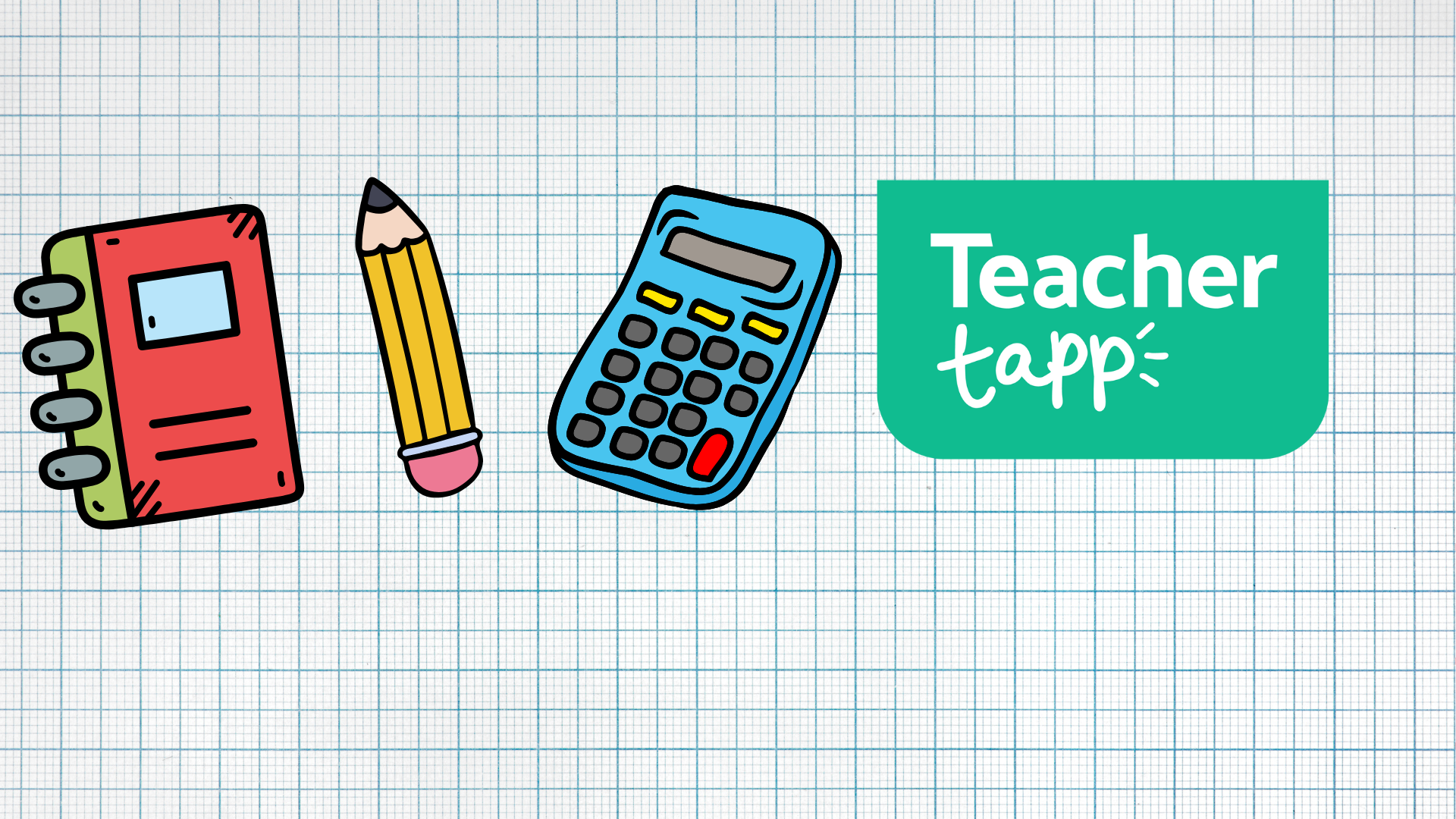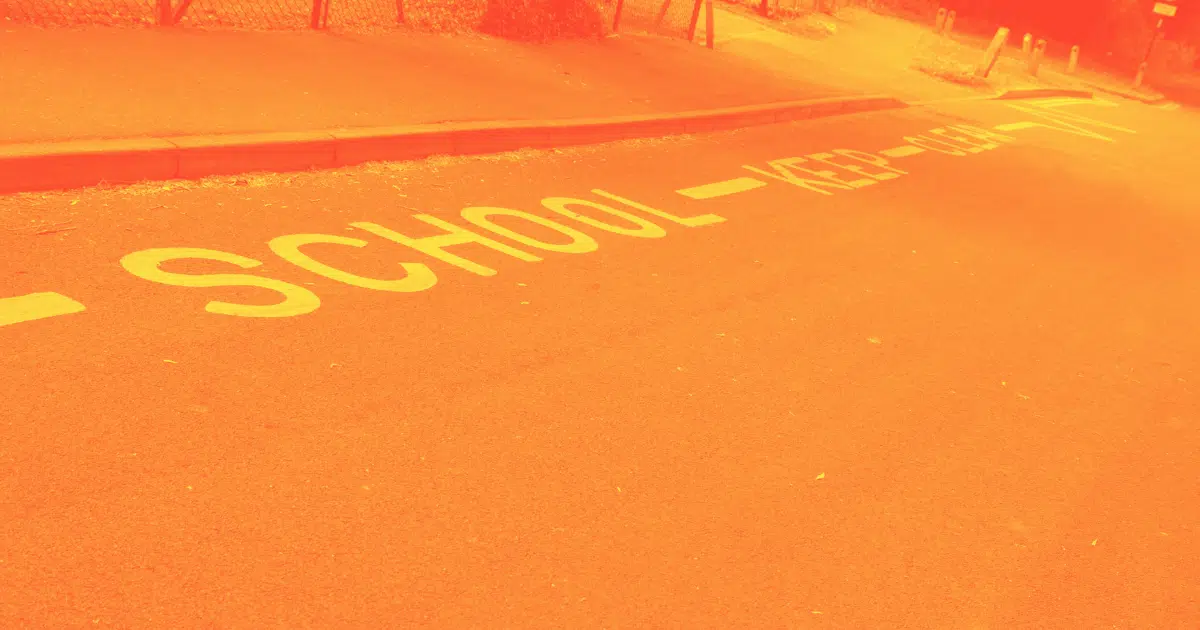Hey there, Tappsters!
The prize draw ends soon! The winner will receive a £500 spa voucher, courtesy of the Leadership Skills Foundation.
Taking part is easy: For every 5 days in a row you answer questions, you will receive an entry code.
At the end of the month, we share the winning codes on our socials and email the winners, too.
Read more about the details of the comp and see the full terms and conditions here.
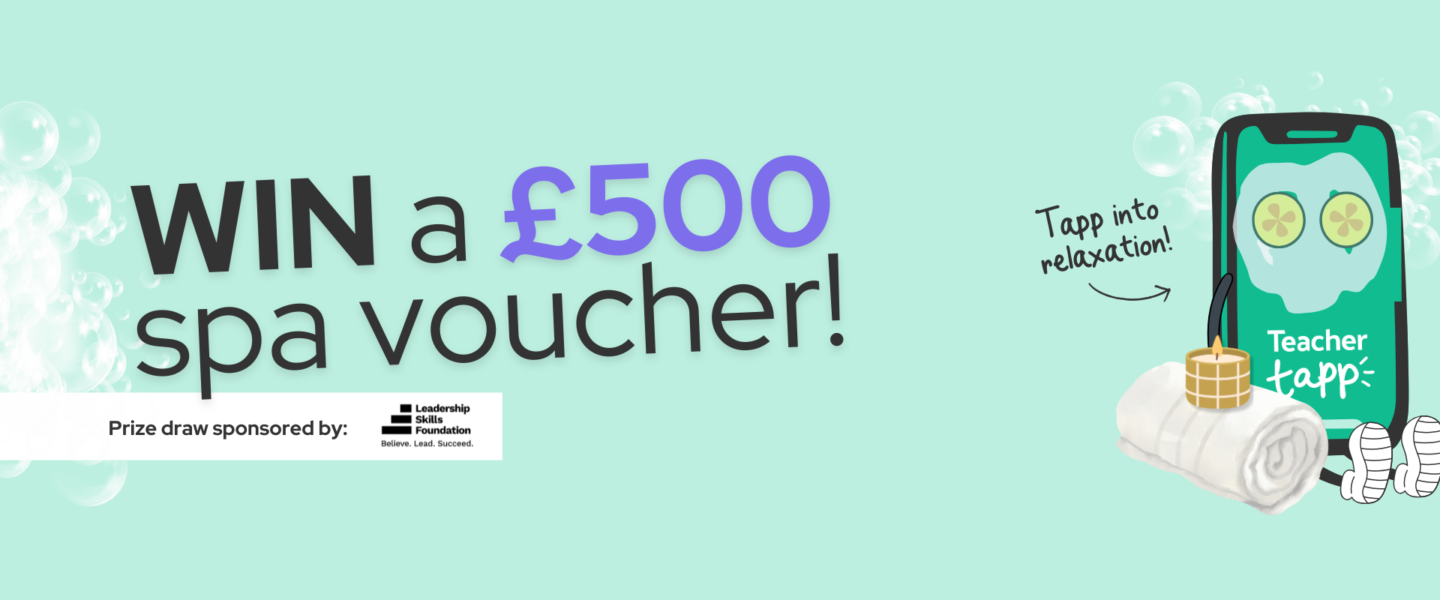
Now, let’s find out what you have told us this week…
‘calm’ vs ‘free-from incidents’
Last week we asked TWO questions about non-lesson time.
One used the word “calm” and the other asked if they were “free from incidents”. In both responses, it was primary who reported the higher levels of disruptions – but we also saw some changes in how Teacher Tappers answered…
Calm non-lesson time
In the most advantaged areas, 60% of primary teachers described their non-lesson time as “very rarely” or “sometimes” calm. In the most disadvantaged areas, 69% of primary teachers said the same.
For secondaries the gap widens: 50% of teachers in the most advantaged areas said non-lesson time was “very rarely” or “sometimes” calm. In the most disadvantaged areas, this shot up to 72%.
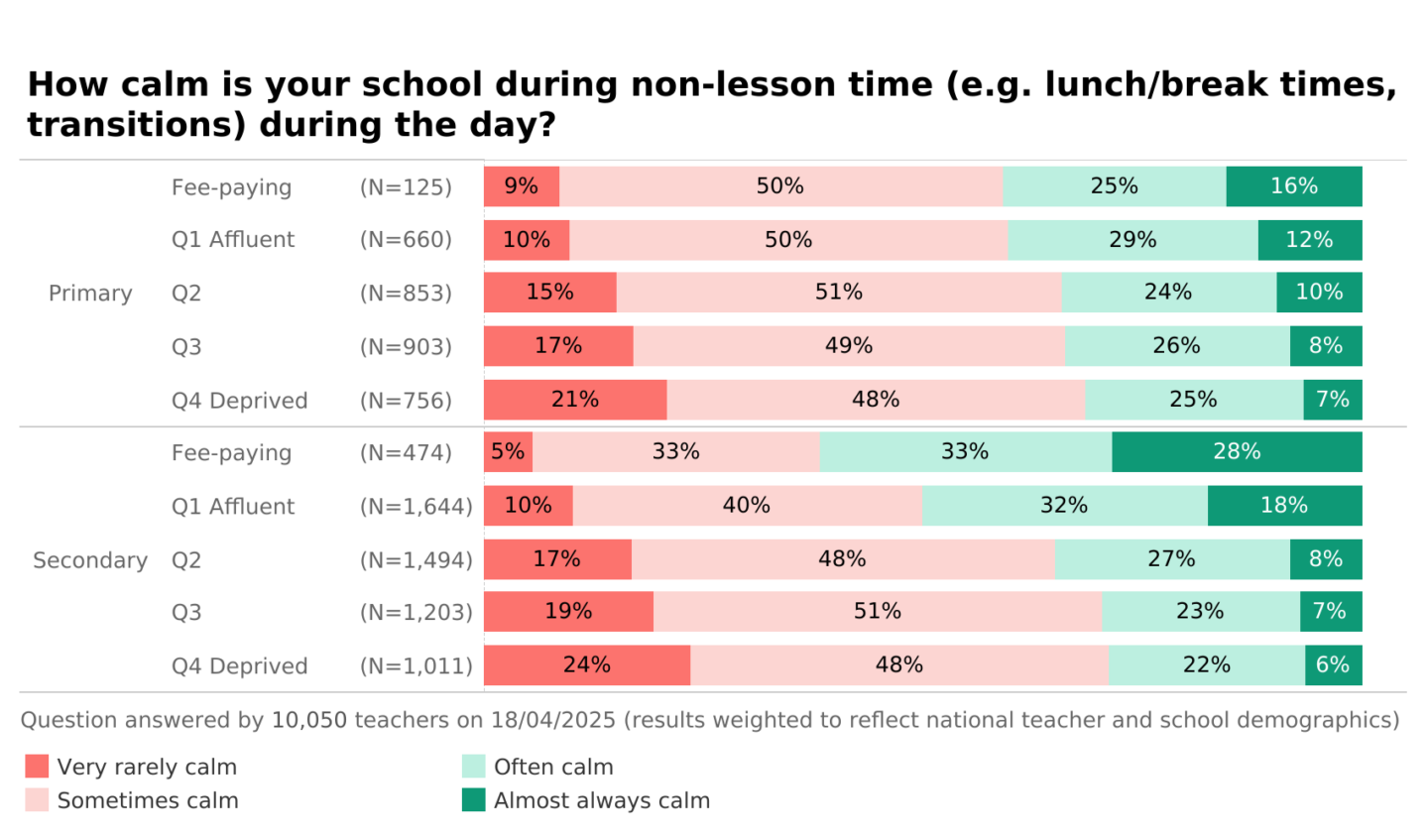
Free from incident non-lesson time
In the most advantaged areas, 31% of primary teachers described their non-lesson time as “never” or “rarely” free from incidents. In the most disadvantaged areas, 43% of primary teachers said the same.
Again, for secondaries the gap widens: 9% of teachers in the most advantaged areas said non-lesson time were “never” or “rarely” Free from incidents. In the most disadvantaged areas, this shot up to 22%.
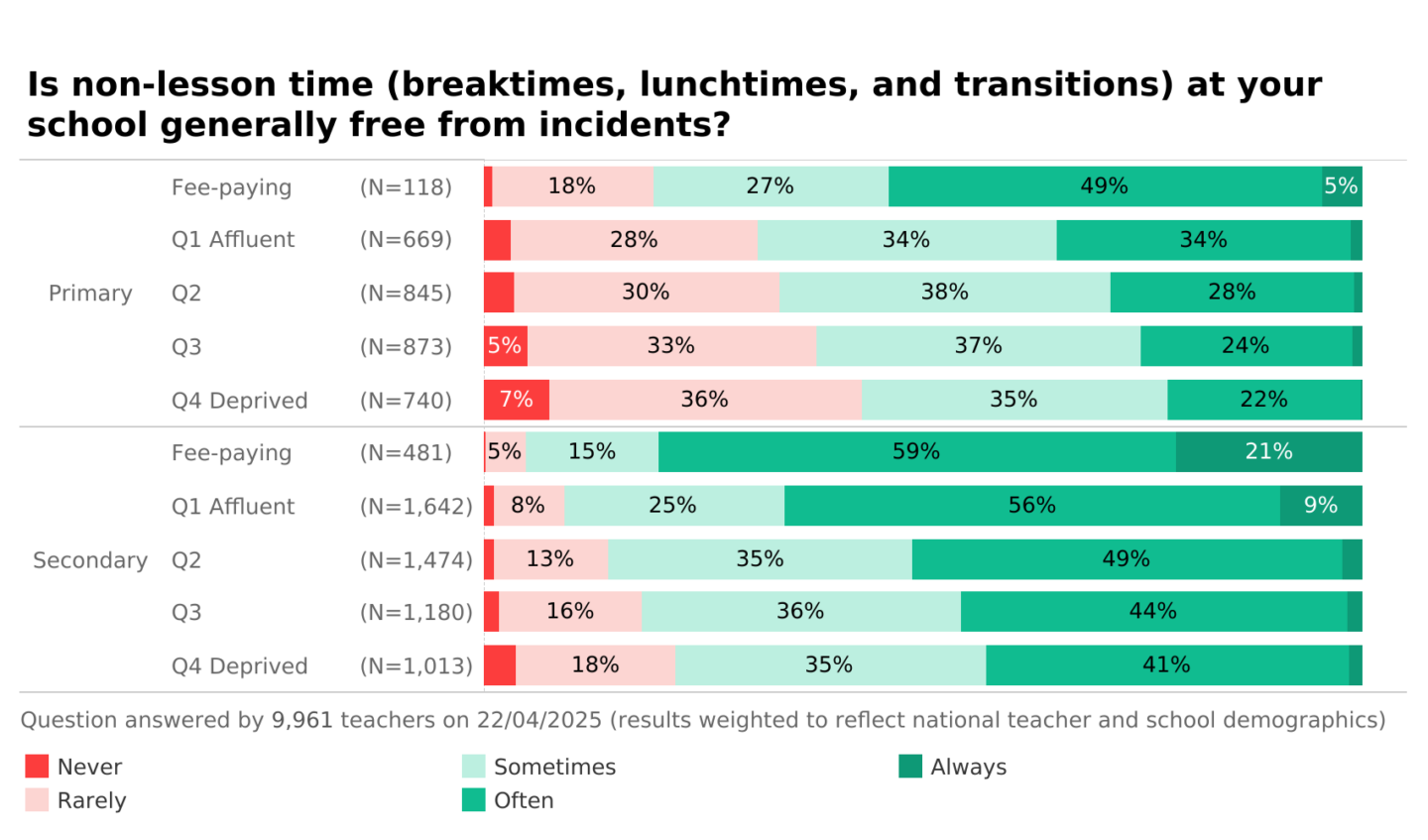
What can we learn from this? Wording clearly matters! We think that the ‘incident’ question is easier to answer (something either did, or didn’t happen, whereas ‘calm’ means different things to different people). However, equally – things can feel chaotic (and this might be really stressful) but no incidents occur. So both scenarios still feel useful to capture.
What can make lunchtimes calmer?
Perhaps one positive way non-lesson time can be influenced is by involving students in what takes place.
Although in primaries, involving students in lunchtime activities doesn’t appear to greatly impact whether teachers say that non-lesson time is ‘always’ or ‘often’ incident-free (29% vs 29%), in seconadaries, teachers in schools where students have lunchtime responsibilities were more than twice as likely to say ‘always’ compared to teachers in schools who don’t (11% vs 4%).
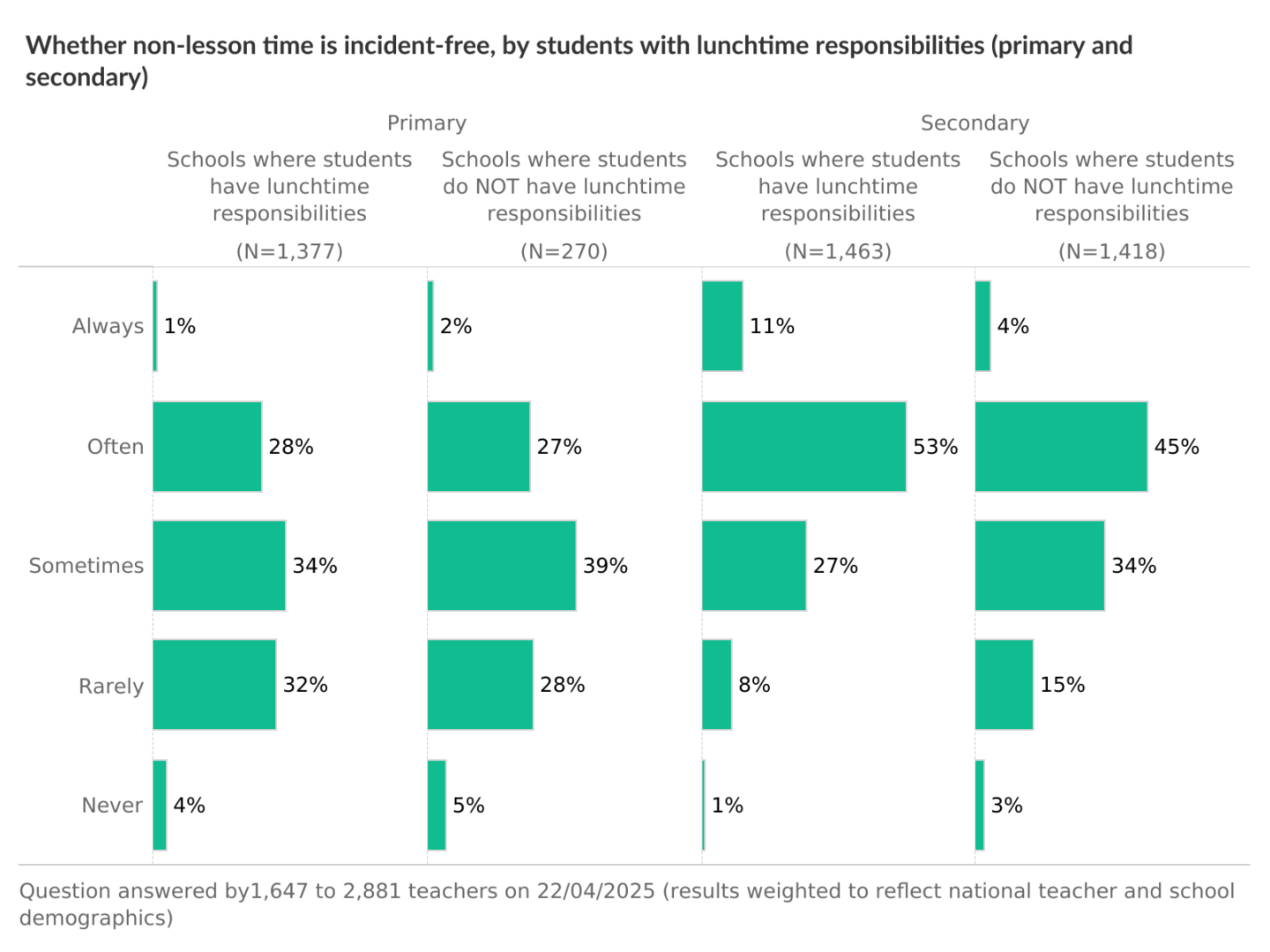
Easter revision 🐣
Now, from outside the classroom to outside the timetable – how normal is it for schools to run Easter revision sessions?
In primaries, it’s still quite unusual. 6% of primary teachers said their school ran a SAT revision sessions.
However, in secondaries, the Easter revision class is pretty typical: 59% of secondary teachers reported their school ran GCSE revision sessions.
Compared to last year, not much has changed (2 percentage points DOWN in both secondary and primary).
What sort of schools are putting these sessions on? Teachers in schools in the most deprived areas are more than TWICE as likely to put on SAT sessions compared to teachers in the most advantaged areas (9% vs 4%). GCSE sessions follow a similar pattern (78% vs 50%).
Technology devices in schools
15% of primary teachers and 20% of secondary teachers report students using 1:1 devices in their schools.
83% of primary teachers and 54% of secondary teachers are in schools where mobile units share the devices.
Just 3% of primary teachers are in schools where learners have no access to devices, and 21% of secondary teachers say the same.
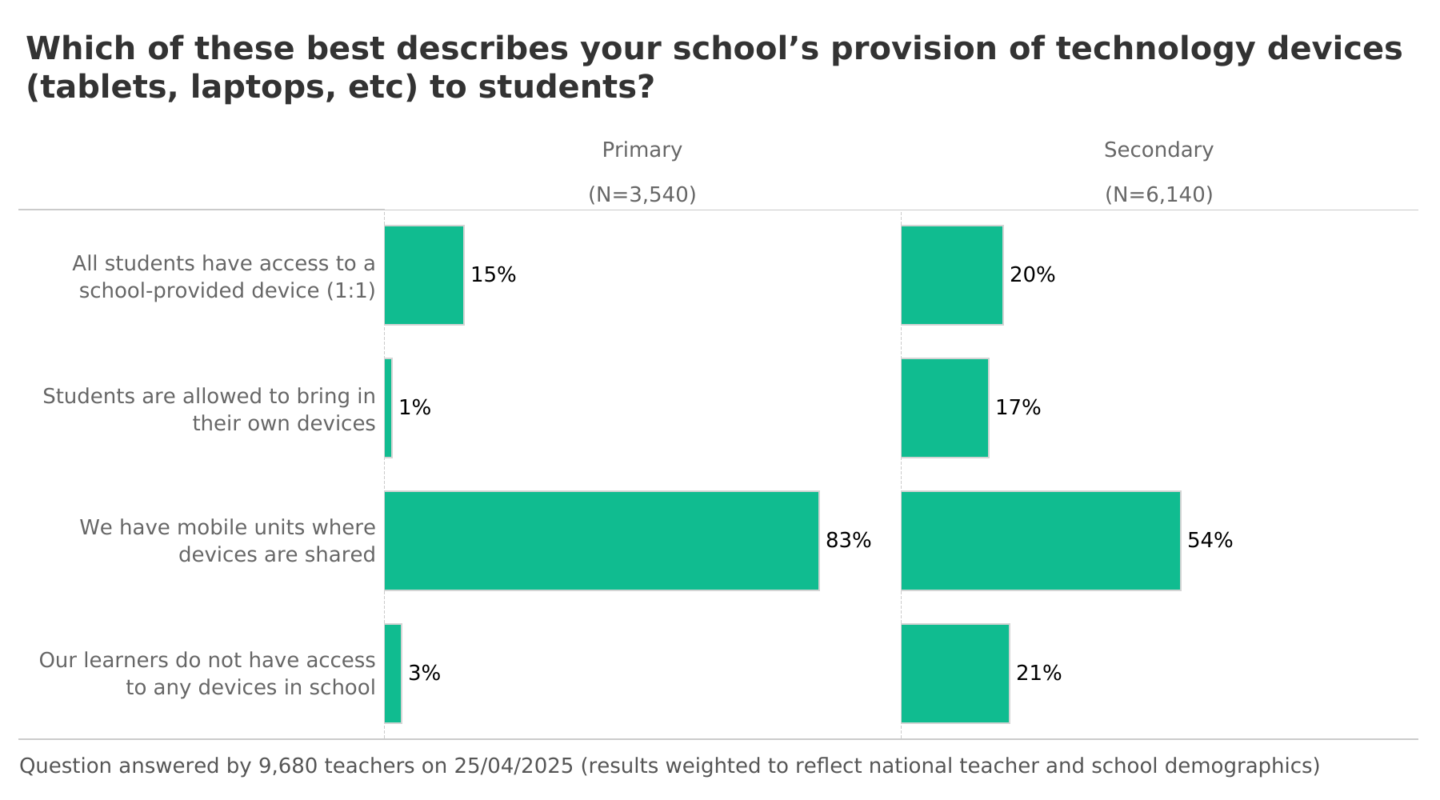
The picture is very different in the US, where many more teachers say their school has a 1:1 device system (87% elementary, 71% middle and 73% of high).
Just 1% of elementary teachers and 7% of middle are in schools where students have no access to devices.
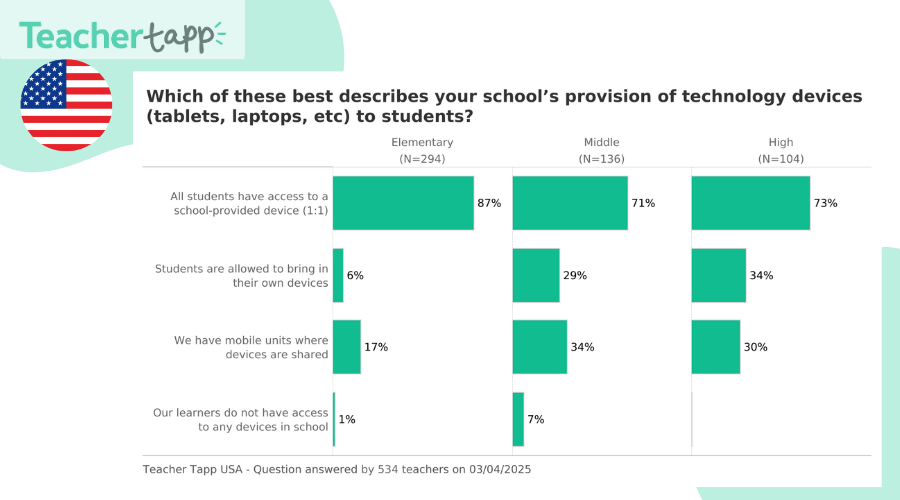
Daily Reads
Last week you were really keen readers! But the most read blog was all about implementing workload reductions.
Have you seen a great blog you think would make a great daily read? Let us know by emailing england@teachertapp.co.uk and we will check it out!


